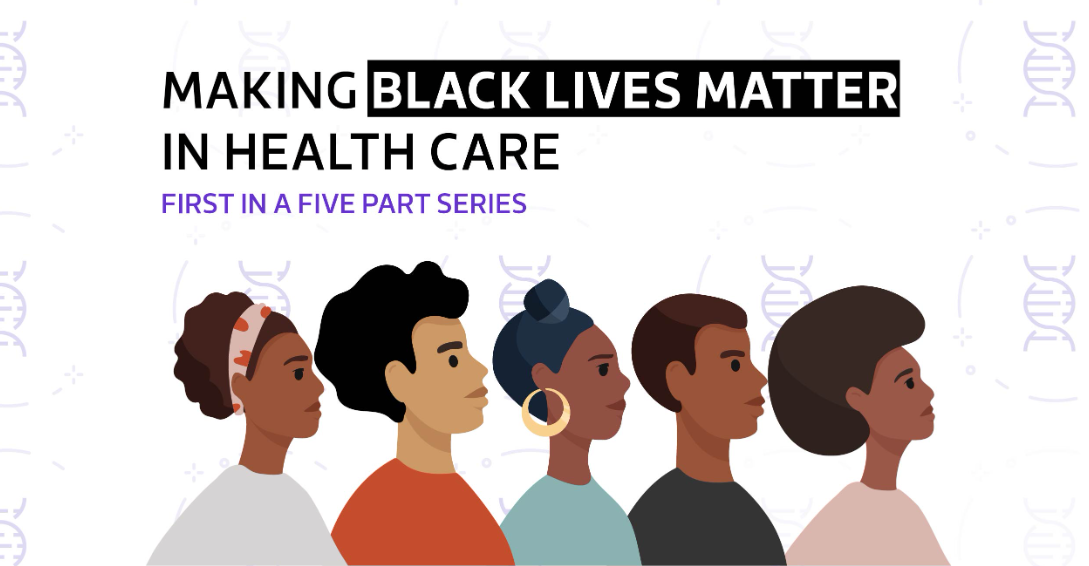
Racism is a public health crisis. And no medical specialty is immune from disparities in care for marginalized people, particularly for Black, Latino/a and Indigenous patients. This issue has come into sharp focus during the last six months, first from the significant disparities in the number of cases and outcomes of COVID infections, and then from the overdue attention raised by the nationwide protests and calls to end systemic racism.
While COVID is a national crisis, it has disproportionately impacted the health and survival of the Black, Latino/a and Indigenous communities. According to the COVID Racial Data Tracker, “Nationwide, Black people are dying at 2.4 times the rate of white people.” The overrepresentation of Latinos with COVID infections was highlighted in the New York Times: “In North Carolina, Latinos make up 10 percent of the population, but 46 percent of infections. In Wisconsin, they are 7 percent of the population and 33 percent of cases.” And in May, the number of cases in the Navajo Nation outpaced the extreme numbers seen in New York and New Jersey.
But while the COVID pandemic is new and has focused recent attention to these issues, disparities in care are not.
- According to the U.S. Department of Health and Human Services’ Office of Minority Health, Black infants are 2.3 times more likely to die in infancy, 3.8 times more likely to die from complications of low birthweight and twice as likely to die of sudden infant death syndrome than non-Hispanic white infants.
- Significantly more Black mothers die as a result of being pregnant and giving birth, including complications arising or appearing after delivery. In January 2020, the National Center for Health Statistics published the first comprehensive data representing all 50 states; it showed that Black mothers died at a rate of 2.5 times that of white women (37.1 Black women per 100,000 compared to 14.7 white women). As stated in the article reviewing the maternal mortality data, “[m]aternal mortality has historically been used as a key indicator of the health of a population.”
- The survival rates of Black men and women with colorectal cancer are lower than any other U.S. racial/ethnic group. This includes those with early-onset disease impacting people before age 50, as seen with the tragic death of acclaimed actor Chadwick Boseman. Additionally, geographic location adds to the disparity, with Black individuals in the Midwest and South having the highest mortality rates.
Historically, rapid advancements in technology and treatment — as we’ve seen with genetics and genomics — widen disparities rather than narrow them. Over the upcoming weeks, we will be adding to this series, focusing on existing disparities in genetics and genomics, how they impact patients in different medical specialties and, most critically, how we can fight to overcome them to create equitable care and outcomes for all of our patients and the communities we serve. We at Genome Medical believe it is our obligation to bring attention to these racial health disparities at large and within our specialty of genetics and genomics. As impactfully stated in the “Stolen Breaths” perspective piece published in the New England Journal of Medicine, “The choice before the health care system now is to show, not tell, that Black Lives Matter.”
Learn more about Genome Medical’s commitment to being a Force for Good and our fight towards taking action, speaking out and serving as agents for change to actively dismantle social injustice, systemic racism and inequality.
Written by Erica Ramos, MS, CGC (Twitter @ERamosSD)

